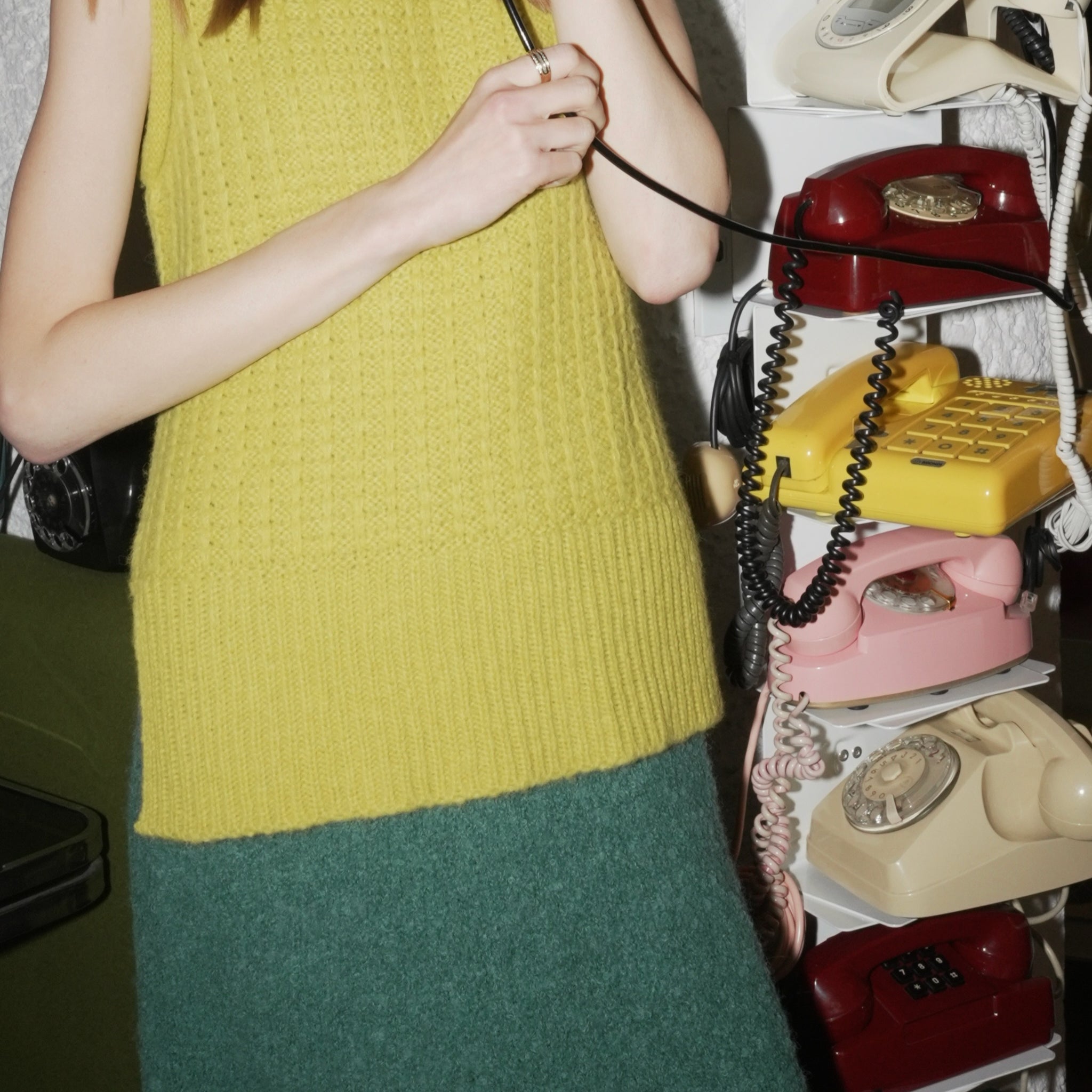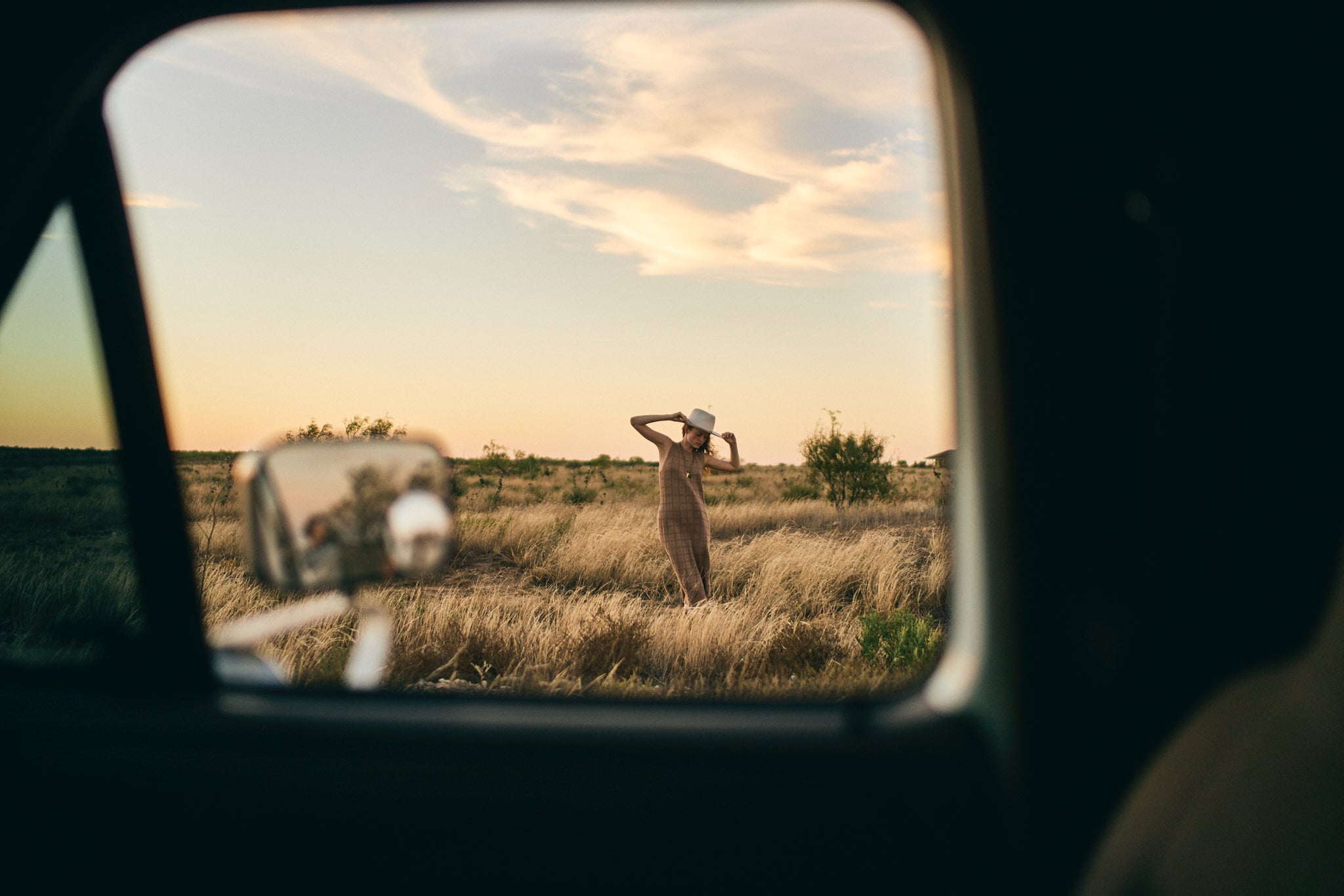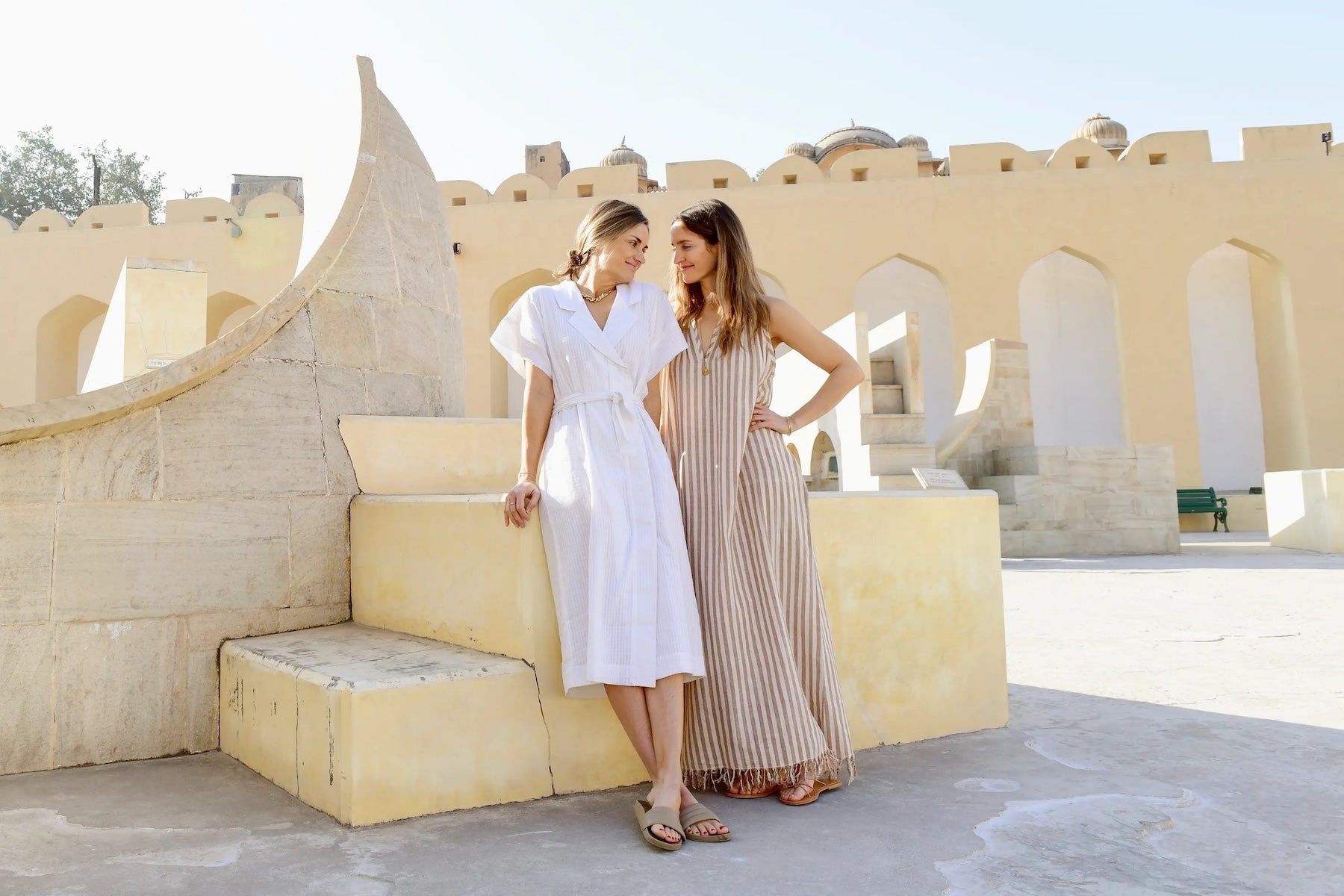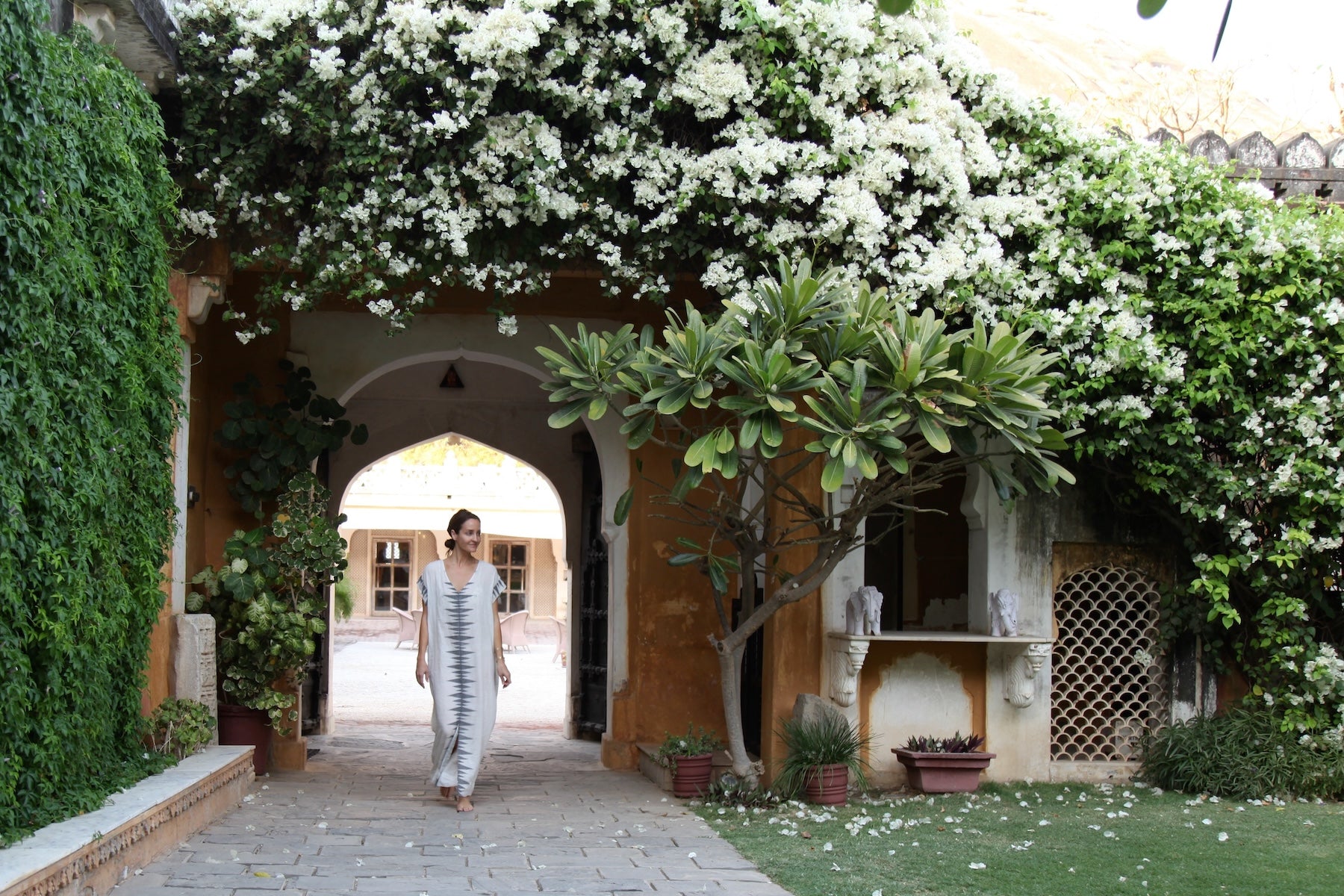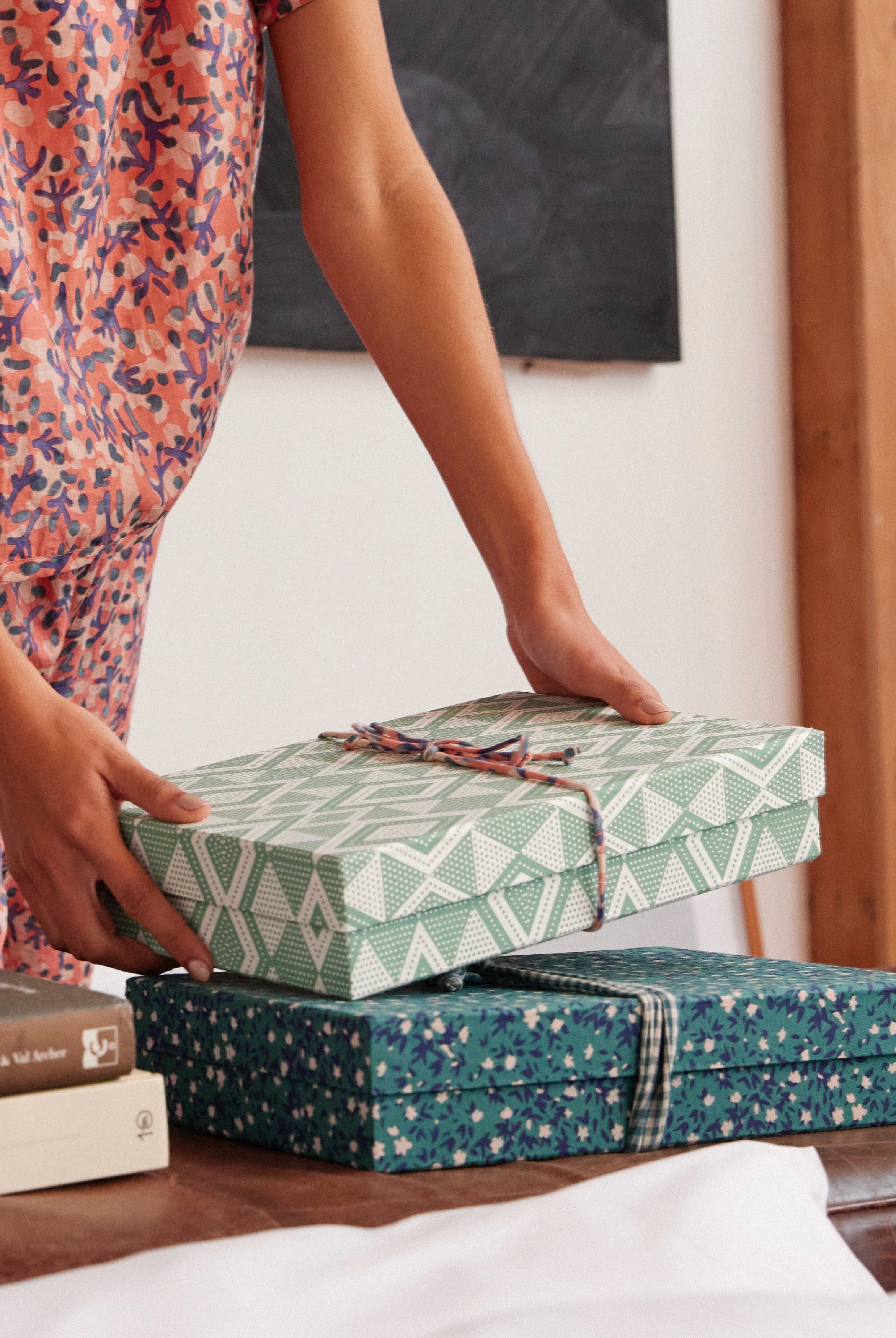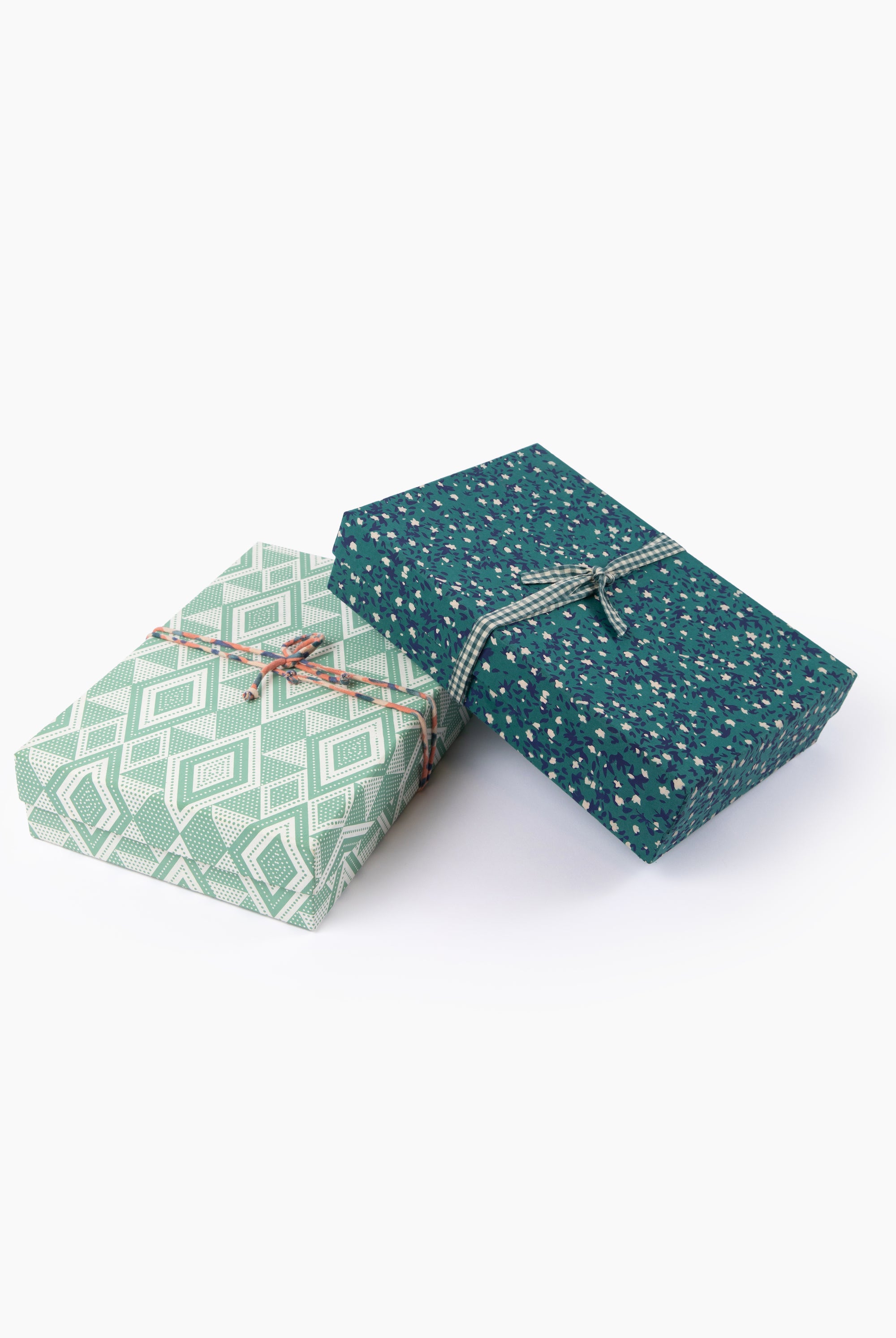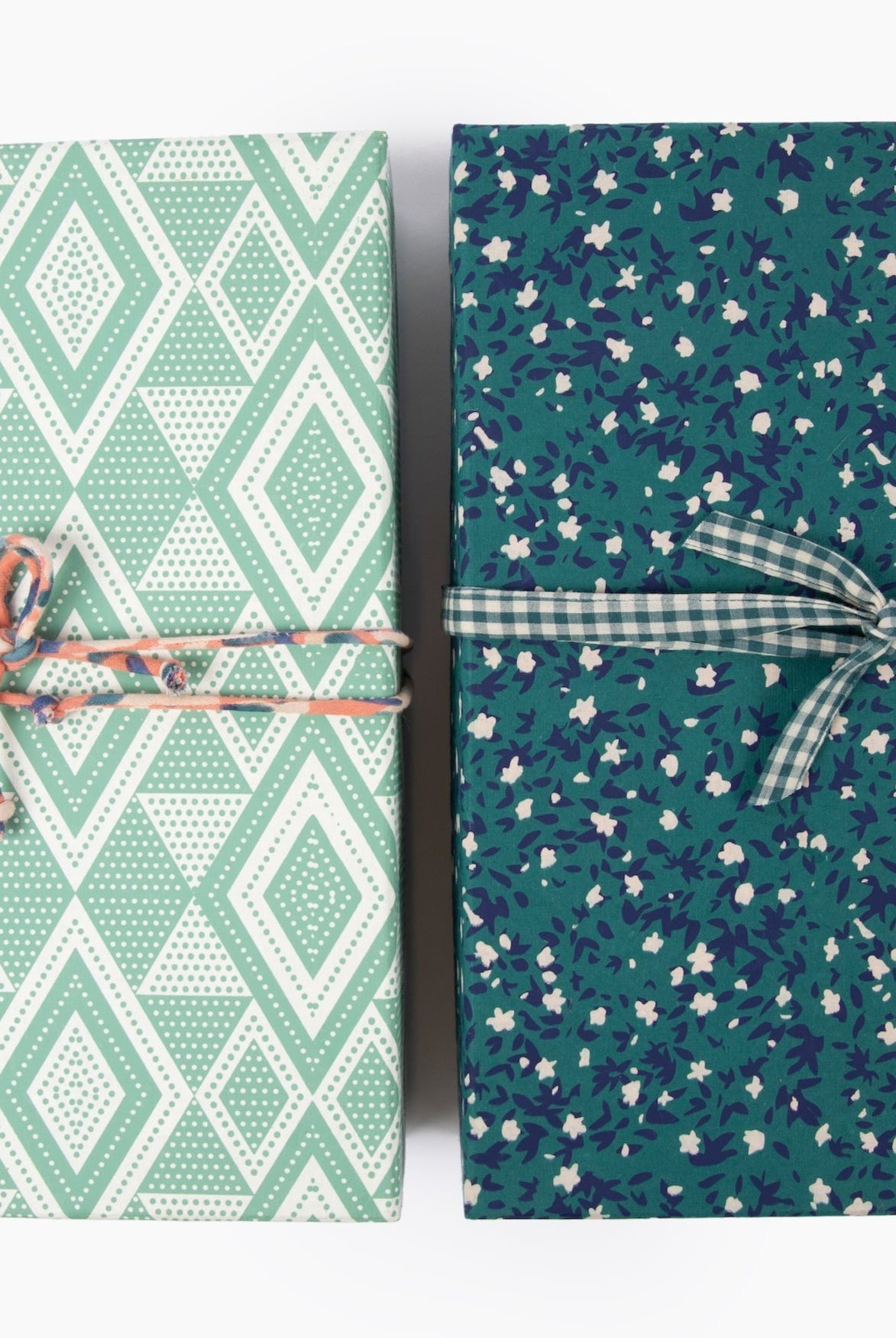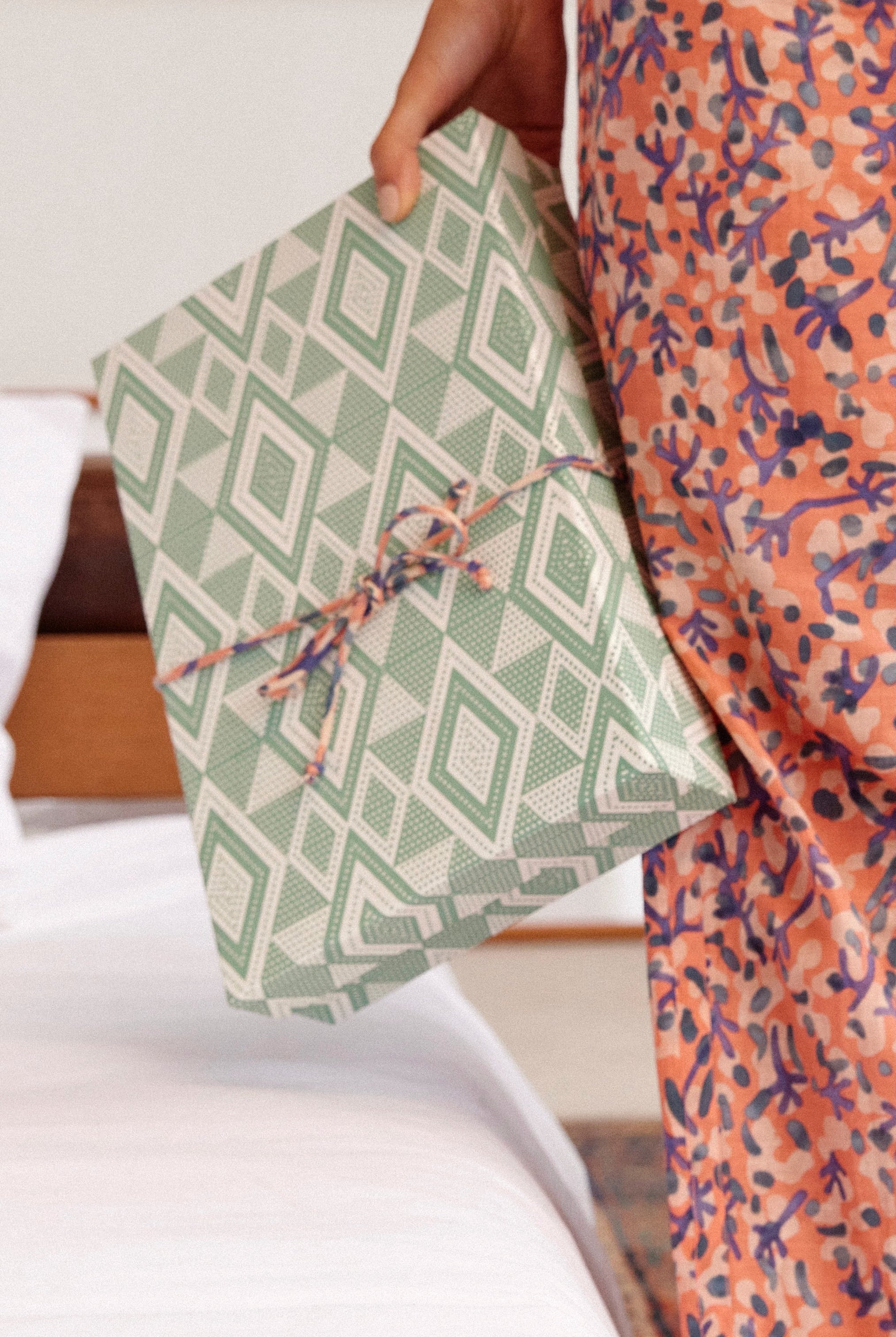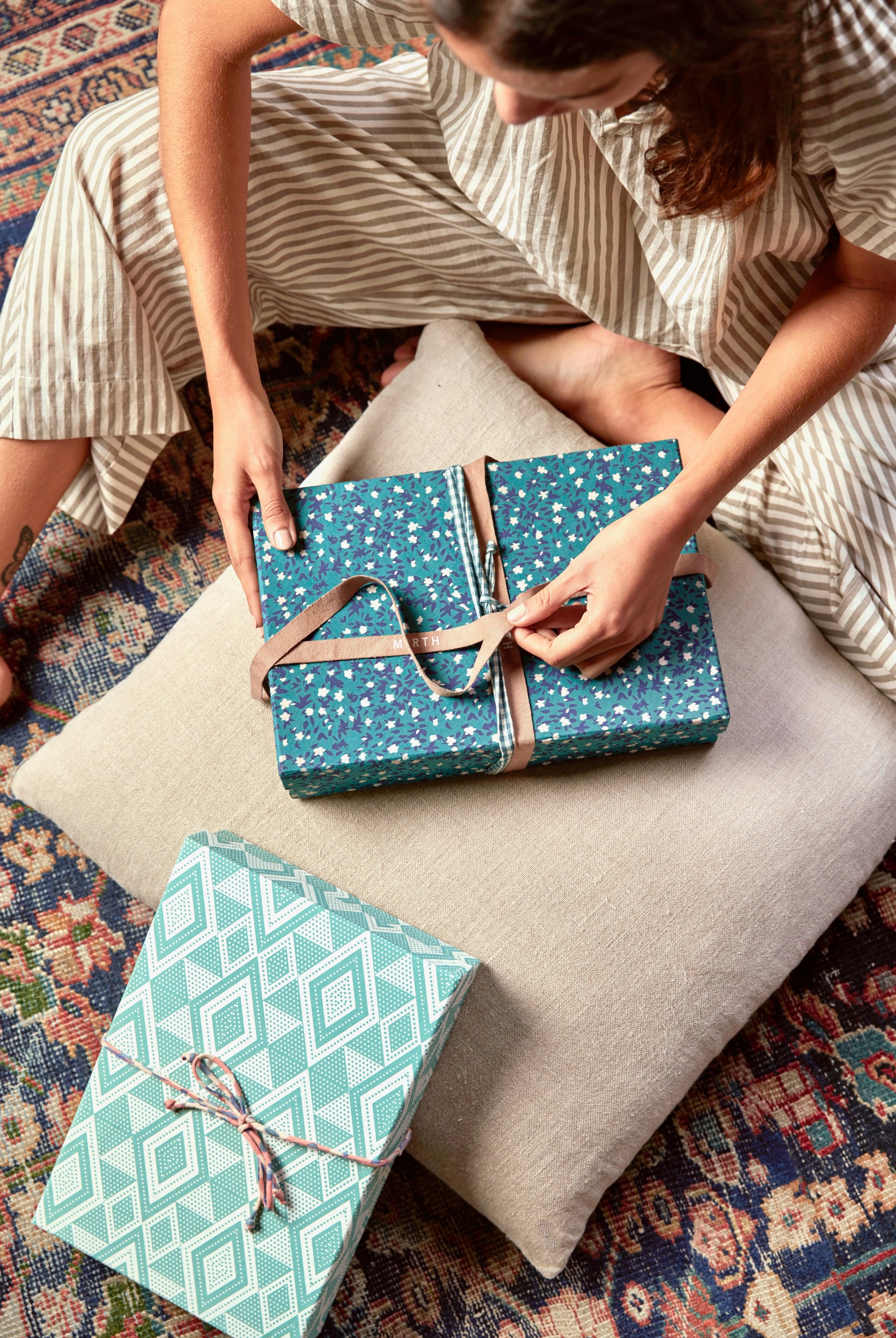we mention "jamdani" a lot here at mirth and it's about time we focus on this extraordinary fabric here on the blog. the story of this heritage weaving method is important to tell and especially fitting as we roll out two new styles using this fabric:
the kolkata top and the krabi wrap dress


wikipedia explains jamdani weaving better than i can:
"jamdani is a hand loom woven fabric made of cotton...jamdani weaving tradition is of bengali origin. it is one of the most time and labor-intensive forms of hand loom weaving. it is undoubtedly one of the varieties of finest muslin. it has been spoken of as the most artistic textile of [the region]... jamdani is fabulously rich in motifs."
the base fabric is typically so ultra fine that the cotton almost looks and feels like sheer silk. we often use a heavier base more durable for clothing.

let's go back to where it all starts: the rural region a few hours north of kolkata, the only place jamdani is made. it's hard to imagine the final prodcut--a neatly pressed dress hanging so nicely in a pretty store-- beginning in a such a far off place, from loom rooms with dirt floors to drying on lines in sun after washing in outdoor basins. but that's where our jamdani fabrics are all born. the process is a long and loving one, and the reason why the end results looks and feels so special.



we work directly with a weaving family in whose three sons have taken over their family's business. they live among the weavers in the region where it all takes place. on our last trip to kolkata, the capitol of west bengal, they took us on a visit to surrounding villages to see jamdani in action. it was a long day, and an experience as extraordinary as the fabric we love.


the great time and skill required comes into play in the motifs that are woven into the weft as the fabric is being woven on the hand loom. each time a row of weft is complete, the loom stops and a row of motif pattern is woven in by hand using bamboo sticks and a needle. the complexity of motif varies and the more complicated, the more time it takes to weave. even more impressive is the lack of technology used to create the patterns-- a paper drawing is placed under the yarns for reference, but it is largely done by sight and artistic skill.
here's little video with some snippets from our time in the region. we're working on some fun short movies, but this is something quick in the meantime!
there is always an element of creative freedom in the tradition, so the motif will vary weaver to weaver and throughout the fabric. we resisted this at first, but have learned to embrace it. so please don't be alarmed when your jamdani top isn't exactly like the photo online. know that someone across the world spent probably 3 or 4 days making it just for you.



the resulting striking patterns look almost like embroidery but with almost floating designs within the fabric.
it can't be replicated by machine - this slow process is the only way to create the elegant effect.
it can't be replicated by machine - this slow process is the only way to create the elegant effect.



someone had some persistent admirers around this village


secretly happy our host insisted on taking my picture with the drying dung patties
i wish we could fly every one of our dear customers to india to see the awe of jamdani's creation. i can't describe it well enough - to see the small communities, the heart that goes into the process, the entire village working to create and putting so much of their passed-down skill into it. it's just so special. we feel honored to be able to work with these fine people and hope we honor their work in our clothing.

sometimes clothing is something bigger than fashion-- and this is it. to come full circle to our early tagline: we believe the clothing we wear can serve a greater purpose. and we've seen firsthand, it does indeed.
xx
katie

